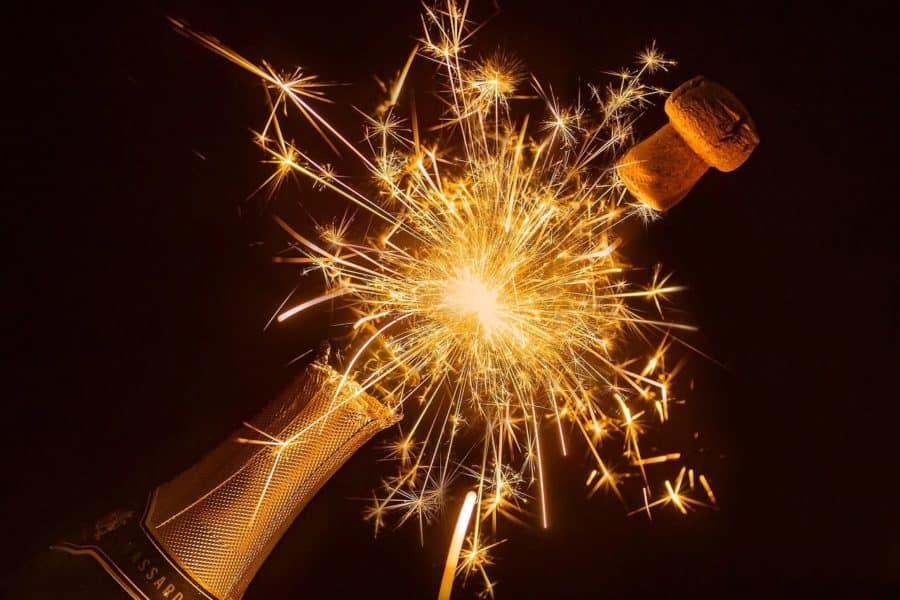New Zealand had one hell of a party last New Year’s Eve, outdoing nine other countries, including Australia, according to a new international study detecting designer drugs in wastewater.
The Kiwis consumed the highest loads of new psychoactive substances (NPS), predominantly ‘bath salts,’ over the 2020/21 New Year period. For the first time, traces of two highly toxic drugs – 3-MMC and para-methoxyamphetamine (PMA) – were detected in that country.
Researchers say the findings may reflect the fact that New Zealand, at the time, was one of the few countries without COVID restrictions, allowing people to attend festivals and other gatherings where drugs are consumed.
In a paper published today in Environmental Science & Technology Letters, wastewater epidemiologists Associate Professor Cobus Gerber (University of South Australia) and Dr Richard Bade (University of Queensland) outlined the results for designer drugs detected in wastewater samples in 10 countries over the New Year.
The countries included Australia, Belgium, Canada, China, Fiji, Italy, New Zealand, Korea, Spain and the United States.
NPS include a range of drugs that have been designed to mimic established illicit drugs, such as cannabis, cocaine, MDMA and LSD.
An international research team was involved in the collection of samples which were shipped to South Australia and analysed in UniSA laboratories.
Researchers detected 11 designer drugs across 24 sites in all countries. One site in Fiji showed no measurable traces of NPS.
“The recreational drugs eutylone and 3-MMC were the most prevalent and with the highest mass loads,” says Assoc Prof Gerber.
New Zealand, Australia and Canada showed the highest drug use and China and Fiji the lowest, although researchers say these findings could reflect the number of sites tested in each country, and the COVID lockdowns, distorting the results.
“All samples were collected against the backdrop of the COVID-19 pandemic, when all countries except New Zealand were in lockdown, limiting social interaction and large gatherings,” Assoc Prof Gerber says. “This probably impacted on the distribution and consumption of certain drugs.”
The increasing use of eutylone in Australasia, Canada and the United States is of concern, say researchers, because it has been linked to deaths in the US and Taiwan since 2019. The drug was not detected in the sites in Europe or Asia.
“High levels of eutylone found in New Zealand were backed up by media reports showing that more than half of ecstasy pills tested in festivals there over the New Year period were found not to contain MDMA but other substitutes like eutylone,” says Dr Bade.
“Our samples showed that 3-MMC was particularly prevalent in Europe, despite its toxicity, and for the first time it was detected in New Zealand. On New Year’s Eve, samples of the drug found in wastewater there were 10 times higher than on other days.”
Designer drugs are increasing worldwide, with more than 1000 NPS reported in 126 countries this year.
Europe accounts for the majority of detected NPS, with approximately 830 different synthetic drugs currently being monitored there.
“Monitoring NPS use is challenging due to different laws in countries, availability of data, the dark web, and analysis techniques, but wastewater sampling can provide us with reliable population-scale estimates,” Assoc Prof Gerber says.
“Wastewater sampling gives us an insight into changing drug use, allowing health agencies to pinpoint emerging trends so they can take action and minimise harm,” he says.

